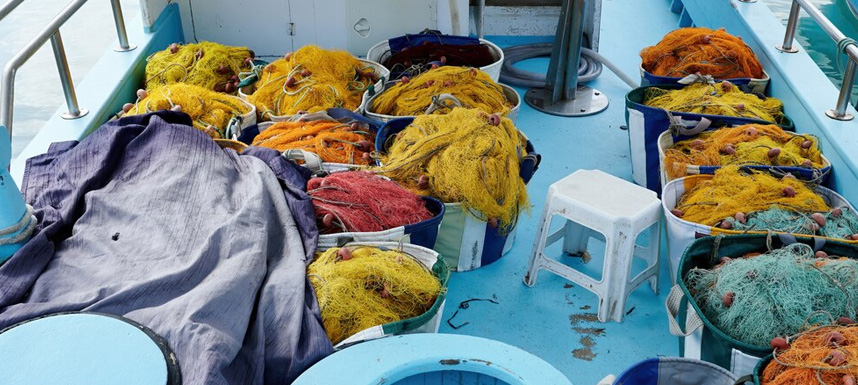
Navigating Environmental Responsibility: Wastewater Treatment in Tannery Industries
Tannery industries play a vital role in the global leather supply chain, providing materials for various products, from shoes and handbags to upholstery and automotive interiors. However, the leather tanning process involves significant water usage and generates complex wastewater streams containing multiple pollutants. Effective wastewater treatment is essential to mitigate the environmental impact of tanneries and ensure regulatory compliance. This article delves into the wastewater treatment practices, requirements, and challenges tannery industries face in pursuing ecological responsibility.
The Importance of Wastewater Treatment:
Tanneries combine chemical treatments and mechanical processes to transform raw hides into finished leather products. Throughout this process, large quantities of water are used for soaking, washing, and chemical treatments, resulting in wastewater laden with organic matter, salts, chromium, and other contaminants. If left untreated, this wastewater can pollute water bodies, degrade soil quality, and pose risks to human health and aquatic ecosystems. Therefore, wastewater treatment is essential to minimize environmental impact and ensure sustainable operations in tannery industries.
Regulatory Framework and Compliance Standards:
Environmental regulations govern wastewater discharge from tanneries, setting limits for various pollutants to protect water quality and public health. Regulatory authorities impose stringent effluent standards for parameters such as biochemical oxygen demand (BOD), chemical oxygen demand (COD), total suspended solids (TSS), pH, and specific contaminants like chromium. Tanneries must comply with these regulations to obtain operating permits and avoid fines or legal penalties. Additionally, some jurisdictions require tanneries to implement Best Available Techniques (BAT) to minimize environmental impact and adopt sustainable practices.
Key Requirements for Wastewater Treatment:
Effective wastewater treatment in tannery industries requires adherence to several key principles:
Pre-Treatment: Pre-treatment processes, such as screening and sedimentation, remove solids, hair, and other large particles from wastewater before further treatment. This step prevents equipment from clogging and protects downstream treatment processes from damage.
Primary Treatment: Primary treatment involves physical or chemical processes, such as coagulation-flocculation and sedimentation, to remove suspended solids and organic matter from wastewater. This step reduces the BOD and COD of the wastewater, making it easier to treat in subsequent stages.
Secondary Treatment: Secondary treatment utilizes biological processes, such as activated sludge or aerobic digestion, to further reduce the organic content of wastewater. Microorganisms break down organic pollutants into simpler compounds, reducing the wastewater's environmental impact.
Tertiary Treatment: Tertiary treatment may be necessary to remove specific contaminants, such as chromium or other heavy metals, from wastewater. Advanced treatment technologies, including membrane filtration and ion exchange, are employed to achieve further purification.
Sustainable Solutions:
Tanneries are increasingly adopting sustainable wastewater treatment solutions to minimize environmental impact and enhance resource efficiency. These solutions include:
Water Recycling: Implementing water recycling systems allows tanneries to reuse treated wastewater for non-process purposes, such as irrigation or facility cleaning, reducing freshwater consumption and wastewater discharge.
Energy Recovery: Some wastewater treatment processes generate biogas or other forms of renewable energy, which can be captured and used to offset energy costs or power on-site operations.
Closed-Loop Systems: Closed-loop systems minimize water consumption and wastewater generation by circulating process water within the production facility, reducing the need for freshwater intake and wastewater treatment.
Conclusion:
In conclusion, wastewater treatment is a critical environmental responsibility in tannery industries. By complying with regulatory requirements, implementing effective treatment processes, and adopting sustainable solutions, tanneries can minimize their ecological footprint and mitigate the impact of their operations on surrounding ecosystems. As the importance of environmental stewardship continues to grow, investing in wastewater treatment infrastructure and sustainable practices is imperative for the long-term viability of the tannery industry.
Get in Touch
You will find yourself working in a true partnership that results in an incredible experience, and an end product that is the best.
Call us on
222-121-4562
Email us
support@gmail.com
